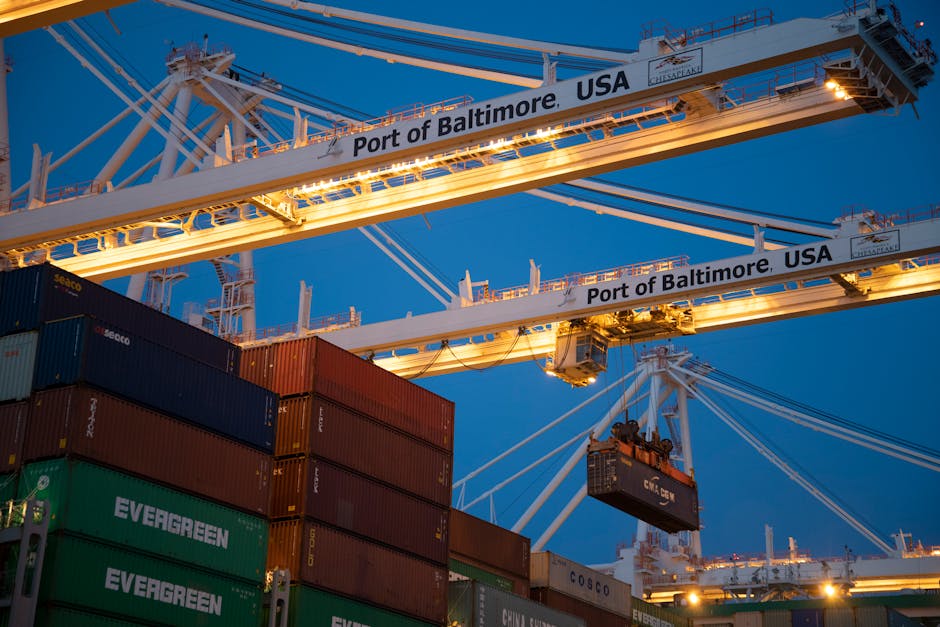Streamlining Your Port Operations
The Ultimate Guide to Container Logistics Software
In port operations, efficiency is key.
Container logistics software drives efficiency by streamlining processes, from managing container movements to tracking cargo and cutting costs.
A quick look at the advantages of port management software.
- Cargo Tracking: Track cargo in real-time, improving communication and reducing delays.
- Optimized Processes: Improve workflows, reduce human error, and enhance productivity.
- Cost Savings: By streamlining operations, port management software can lead to cost savings in the long run.
- Data Analysis: Make informed, data-driven decisions for continuously improved port operations.
- Competitive Edge: Adopting efficient software can put your port operation ahead of others.
In every efficient port operation, streamlining logistics is crucial.
It saves time, optimized resources, and helps you develop smoother workflows with increased productivity.
Integration with Port Management Systems
Port management systems can further be improved by integrating with container logistics software to enhance efficiency and improve communications between port authorities and shipping companies,
Integrations allow for an all-in-one command center for your port operations, and they offer a significant advantage or organizations seeking to improve overall performance and stay competitive in the global trade market.
Choosing the Right Container Logistics Software
- Look for a system that fits the size of your port and the volume of containers you handle.
- Consider software that offers real-time tracking, efficient container management, and seamless communication with shipping lines and trucking companies.
- Make sure the software is user-friendly and provides comprehensive reporting tools to help streamline your port operations effectively.
- Research customer reviews and ask for demos to ensure the software meets your specific needs before making a decision.
Implementation Process and Training
It’s essential to have a structured process in place to ensure a smooth transition. Training plays a crucial role in this process, as it helps employees familiarize themselves with the new software and its functionalities.
Implementing container logistics software involves several steps:
- Assessment: Evaluate your current processes and identify areas that can be streamlined with software.
- Planning: Develop a detailed implementation plan outlining timelines, responsibilities, and key milestones.
- Configuration: Customize the software to align with your specific port operations requirements.
- Testing: Conduct thorough testing to identify any issues and ensure the software is working as intended.
- Training: Provide comprehensive training to staff members to ensure they are proficient in using the software effectively.
- Go-Live: Transition to the new software system while monitoring performance and addressing any issues that may arise.
Proper training and a well-structured implementation process are key to maximizing the benefits of container logistics software for your port operations.
Measuring Success and Continuous Improvement
To measure success in port operations, be sure to evaluate key performance indicators like container turnaround time, vessel productivity, and overall operating costs. Identify areas for improvement through regular data analysis and feedback from stakeholders. Continue to implement methods of improvement based on these findings to enhance efficiency and productivity in your port operations on an ongoing basis.





